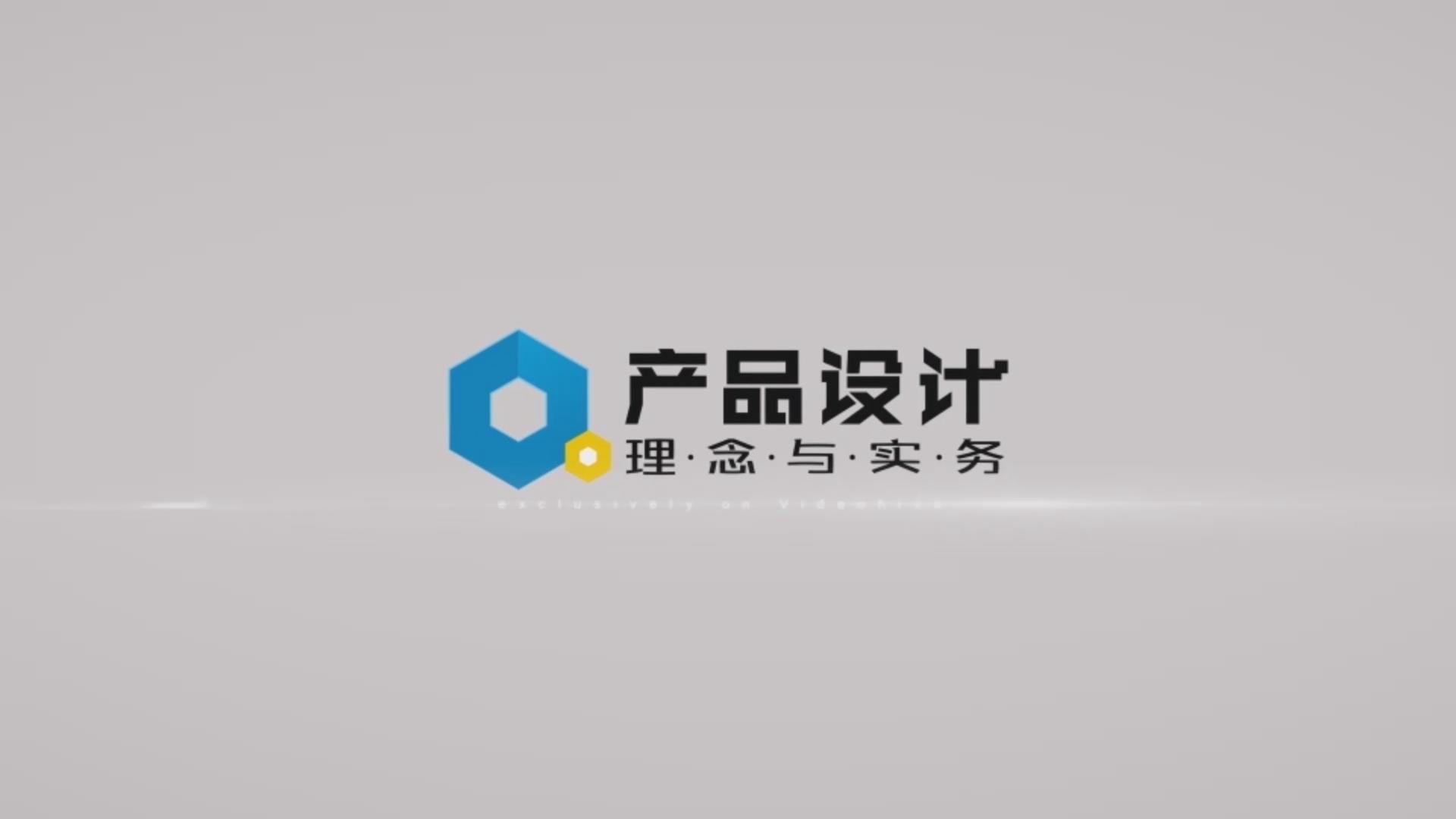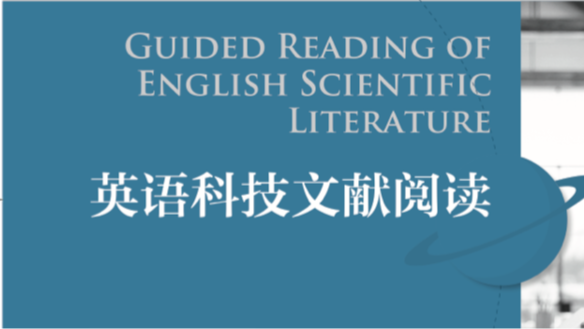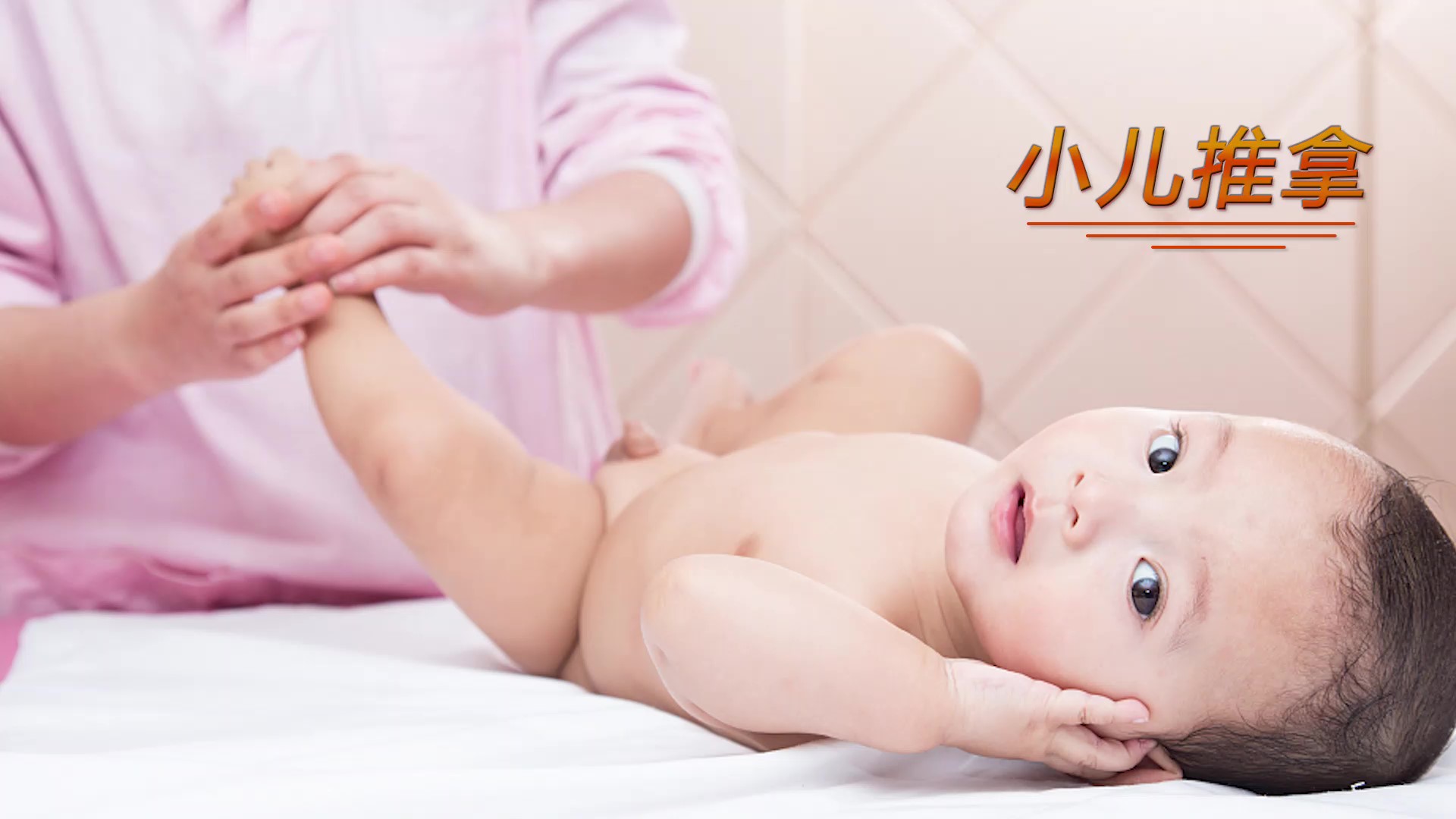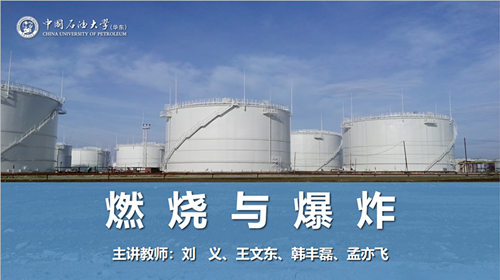
当前课程知识点:Chinese Ceramics > Unit 11 Fencai Porcelain > 11.3 Fencai Porcelain in the Qianlong Period > Fencai Porcelain in the Qianlong Period
返回《Chinese Ceramics》慕课在线视频课程列表
我们的国家历史悠久,充满了奇迹
你说得对
中国的奇迹都是中国人的智慧的结晶
你说奇迹是什么意思呢
我说的奇迹
不是长城或者兵马俑
我指的是普通人用的普通的东西
你到底指什么
陶瓷,比如说
你见过透明的陶瓷吗
当然见过
看,这就是透明的陶瓷
但是古代
在其他国家陶瓷被认为是无法做成透明的
哇,中国好聪明啊
秘诀是中国制造陶瓷所使用的材料
他们都用什么材料呢
他们是用高岭土,又叫做中国土
知道了
另一个秘诀就是烧制时候所使用的高温
瓷器是一种通过加热
由高岭土形成的黏土材料制成的一种陶瓷物器
需在窑内经过高温(1200~1400℃)即(2192-2552F)烧制而成
其韧度、强度
以及半透明度都是由于在这些高温条件下玻璃
和矿质多铝红柱石相互作用形成的
好神奇啊
大家好
欢迎来到课堂
今天我们来谈谈
乾隆时期的粉彩瓷
我知道粉彩瓷器发展到乾隆时期
技艺很精湛
粉彩瓷发展到乾隆时期
虽然技艺俱精
但在造型及装饰方面渐趋繁缛
有的追求形式
或炫耀技巧
有的刻意追求寓意双关
趣味不高
因此富丽堂皇有余
淡雅古趣不足
甚至有因刻意求工
而顿失瓷质之感的情况
其后,嘉庆、道光两朝
粉彩瓷生产仍居大宗
再以后虽有生产,但佳作不多
值得一提的是咸丰皇帝
亲自题写
楷书年款
因其书法功力不凡而屡屡被鉴赏家称道
由于与欧洲艺术风格频繁接触
清中期以后景德镇的陶瓷艺术风格
有了新的面貌
康熙时期的自然质朴
不再是中国陶瓷艺术追求的主流
相反,在封建时代的最后一个阶段
一种华丽精致和过于精致的风格成为宫廷风格的代表
简单自然的外观不再受到陶器的青睐
取而代之的是华丽的人工装饰
并一直延续到清末甚至民国时期
这一时期粉彩瓷艺术风格形成的另一个主要因素
就是市民文化的流行
这一时期
在景德镇、官民窑陶瓷的画面上
盛行的各种吉祥纹样和画面都来自
民间流传久远的民俗故事和民间信仰
雍正时期
追求儒、释、道合流的
官方信仰
与当时市井文化的蓬勃发展
为这些反映民间习俗的
吉祥图案进入官方正统艺术领域
敞开了道路
因而不仅官窑粉彩瓷
甚至整个景德镇粉彩瓷的装饰
几乎都少不了吉祥的寓意
你能给我们举一些吉祥寓意的例子吗
常见的有
”马上封侯“
”连连有余“
”三阳开泰“
”枣生贵子“等
图案范本来自传统的陶瓷纹样
和当时流行的木刻版画、年画
以及其它民间工艺品
由于中国人有追求圆满、热闹的心理
所以这些纹饰大都
繁满艳丽
有的器物甚至布满纹饰
面不露底色
一个例子就是粉彩万花图,
字面意思是一万朵花的图片
另一方面为避免图案布满器物
又设法留出
各种不同形状的空白
有的如花瓣,有的是各种几何形状 景德镇俗称“开堂子”
景德镇
从元青花发展到晚清的粉彩
可以说在制瓷技术上
达到了相当娴熟的程度
尤其是粉彩的绘制,已形成众多的程式
而瓷画与同时代的绘画艺术
保持密切联系的特点,也一直延续至今
为了传承这些程式化的技艺
景德镇陶瓷艺人间
流传着许多传艺歌诀
您能给我们举一些例子吗
比如
对人物五官的比例
”三停五眼“、”像有八格“之说
对人物动态的比例则有”行七、坐五、盘三“ 之说
也就是说人站着有七个头高
坐在凳上有五个头高
盘坐于地则有三个头高
在画不同年龄性别的人物时提出了”四无身段“
即”美人无肩
勇士无颈
老叟无胸
孩童无腰“的说法
讲到人的动态时
则以”小姐愁里藏娇,丫头话中带俏
公子痴里含秀,书童憨中有谋“为准则
表现高士图中的
高士
他们被描绘为自由自在、超脱尘世的人
经常出现在大自然和自我娱乐的场景中
除大量表现人物的传艺歌诀外
还有少量表现景物的
如论水色”春绿
夏碧、秋青、冬墨“
景德镇的陶瓷艺人
正是用这种传诵艺诀的方式延续着师承关系
这些传艺歌诀是陶瓷艺人世代相传的经验之谈和学艺心得
也是他们学艺和传艺的方式
通过长期的观察和揣摩
他们对人物的
音容笑貌、动态风姿、神情传递等
都有深刻入微的了解
并以景物来烘托气氛
以动物,道具配合表现人物身份和情绪
等手段中摸索到了艺术规律
这些艺诀的运用使得陶瓷的制作更趋纯熟和程式化
感谢邱教授为我们介绍这么多知识
今天的课就到这里
感谢观看,下次再见
-1.1 Introduction
-1.2 Ceramics in Neolithic, East Han and Wei-Jin Dynasties
--Ceramics in Neolithic, East Han and Wei-Jin Dynasties
-1.3 Sui and Tang dynasties and Song Dynasty ceramics
--Sui and Tang dynasties and Song Dynasty ceramics
-1.4 Ming and Qing Dynasties
-Unit 1 test
--Unit 1 test
-Discussion questions
-2.1 The Unique Chinese Ceramic Culture
--The Unique Chinese Ceramic Culture
-2.2 The Historical Development of Chinese Ceramic Making
--The Historical Development of Chinese Ceramic Making
-2.3 Chinese Ceramic Shape Art
-2.4 Chinese Ceramic Painting Art
--Chinese Ceramic Painting Art
-2.5 Chinese Ceramic Folk Stories
--Chinese Ceramic Folk Stories
-Unit 2 test
--Unit 2 test
-Discussion questions
-3.1 CeramicCulture and the Zodiac
--CeramicCulture and the Zodiac
-3.2 The heritage of traditional ceramic culture
--The heritage of traditional ceramic culture
-3.3 The development and innovation of ceramic art
--The development and innovation of ceramic art
-Unit 3 test
--Unit 3 test
-Discussion questions
-4.1 Gorgeous Colored Pottery
-4.2 The Method of Making Colored Pottery
--The Method of Making Colored Pottery
-4.3 Primitive Colored Pottery Ⅰ
-4.3 Primitive Colored Pottery Ⅱ
-4.3 Primitive Colored Pottery Ⅲ
-4.4 Black Earthenware
-4.5 White Pottery and Primitive Porcelain
--White Pottery and Primitive Porcelain
-Unit 4 test
--Unit 4 test
-Discussion questions
-5.1 Terracotta Warriors in Qin Dynasty
--Terracotta Warriors in Qin Dynasty
-5.2 Potteries in Han Dynasty
-Unit 5 test
--Unit 5 test
-Discussion questions
-6.1 Dragon kiln and Celadon
-6.2 Yue Kiln and Wuzhou kiln
-6.3 Deqing Kiln and Ou kiln
-6.4 Longquan Wares
-6.5 Yaozhou Wares
-Unit 6 test
--Unit 6 test
-Discussion questions
-7.1 Tang Tri-Colored Pottery
--7.1 Tang Tri-Colored Pottery
--7.1 Tang Tri-Colored Pottery
-7.1Tang Tri-Colored Pottery
--7.1 Tang Tri-Colored Pottery
--7.1 Tang Tri-Colored Pottery
-Discussion questions
-Unit 7 test
--Unit 7 test
-8.1 The flourishing age of the Song Dynasty
--8.1 The flourishing age of the Song Dynasty
-8.2 The flourishing age of the Song Dynasty
--8.2 The flourishing age of the Song Dynasty
-8.3 Ding Wares
-8.4 Ru Wares
-8.5 Guan Wares
-8.6 Ge Wares
-8.7 Jun Wares
-Discussion questions
-Unit 8 test
--Unit 8 test
-9.1 Reasons for the maturity of Qinghua porcelain in Yuan Dynasty
--9.1 Reasons for the maturity of Qinghua porcelain in Yuan Dynasty
-9.2 The Invention of Blue-and-white Porcelain in the Tang Dynasty
--9.2 The Invention of Blue-and-white Porcelain in the Tang Dynasty
-9.3 Fine China Ware became the Symbol of ChinaⅠ
--9.3 Fine China Ware became the Symbol of ChinaⅠ
-9.3 Fine China Ware became the Symbol of ChinaⅡ
--9.3 Fine China Ware became the Symbol of ChinaⅡ
-9.3 Fine China Ware became the Symbol of ChinaⅢ
--9.3 Fine China Ware became the Symbol of ChinaⅢ
-9.4 The charm of QinghuaⅠ
-9.4 The charm of QinghuaⅡ
-9.4 The charm of QinghuaⅢ
-Discussion questions
-10.1 Da Ming Wucai
-10.2 Wooden engravings influence on Wucai porcelain
--10.2 Wooden engravings influence on Wucai porcelain
-10.3 Kangxi Wucai
-10.4 Liling Under-glaze multicolored porcelainⅠ
--10.4 Liling Under-glaze multicolored porcelainⅠ
-10.4 Liling Under-glaze multicolored porcelainⅡ
--10.4 Liling Under-glaze multicolored porcelainⅡ
-Discussion questions
-11.1 The advent of Fencai
-11.2 Fencai Porcelain in the Yong zheng period
--Fencai Porcelain in the Yong zheng period
-11.3 Fencai Porcelain in the Qianlong Period
--Fencai Porcelain in the Qianlong Period
-Discussion questions
-13.1 Zisha-pottery
-13.2 The Zisha Teapot
-13.3 The Zisha tea set in the Ming Dynasty
-Discussion questions
-14.1 Development of Contemporary Chinese ceramic art
--14.1 Development of Contemporary Chinese ceramic art
-14.2 The internationalization trend of Chinese modern ceramics
--14.2 The internationalization trend of Chinese modern ceramics
-14.3 A new style of contemporary ceramic art Ⅰ
--14.3 A new style of contemporary ceramic artⅠ
-14.3 A new style of contemporary ceramic art Ⅱ
--14.3 A new style of contemporary ceramic art Ⅱ
-14.4 The Trade of the Artisans Ⅰ
--14.4 The Trade of the Artisans Ⅰ
-14.4 The Trade of the Artisans Ⅱ
--14.4 The Trade of the ArtisansⅡ
-Discussion questions
-15.1 Unique Cloisonné technique
--15.1 Unique Cloisonné technique
-15.2 The Craftsmanship and Development of Cloisonné
--15.2 The Craftsmanship and Development of Cloisonné
-15.3 The Problems Facing the Inheritance of Cloisonné
--15.3 The Problems Facing the Inheritance of Cloisonné
-15.4 The inheritance and development of Cloisonné
--15.4 The inheritance and development of Cloisonné
-Unit 15 Test
--Unit 15 Test
-Discussion questions
-16.1 Appreciation of Chinese ceramics
--16.1 Appreciation of Chinese ceramics
-16.2 Explore the origins of ancient ceramics Ⅰ
--16.2 Explore the origins of ancient ceramics Ⅰ
-16.2 Explore the origins of ancient ceramics Ⅱ
--16.2 Explore the origins of ancient ceramics Ⅱ
-Unit 16 Test
--Unit 16 Test
-17.1 Traditional Chinese Decorative Patterns
--17.1 Traditional Chinese Decorative Patterns
-17.2 Application of Traditional Chinese decorative patterns in ceramics
--17.2 Application of Traditional Chinese decorative patterns in ceramics
-Unit 17 Test
--Unit 17 Test
-Discussion questions




